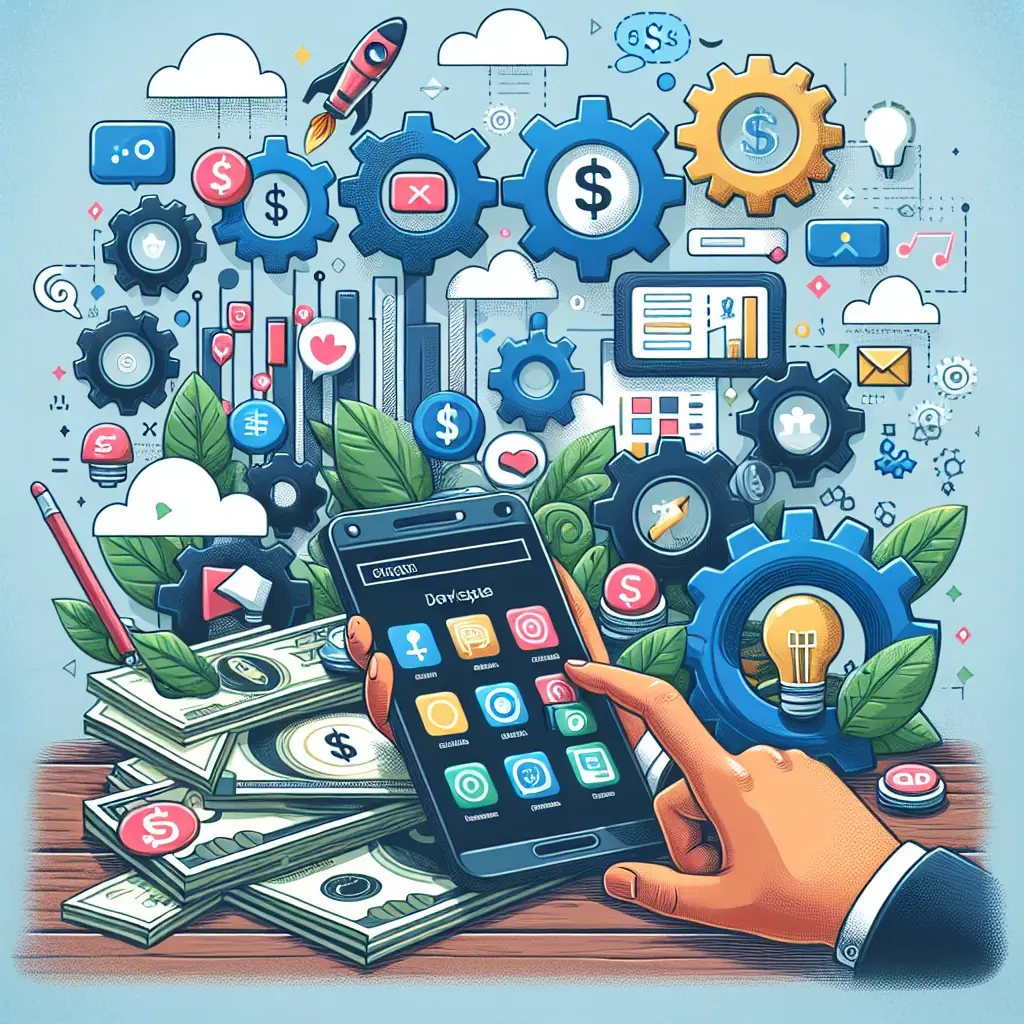In the realm of app development, achieving robust app monetization is as important as creating a high-quality, user-friendly application. Monetization is a critical aspect that determines the success and long-term sustainability of an application. A perfect balance between user engagement and monetization is crucial to enhance customer satisfaction and generate revenue simultaneously.
In a saturated market place with over 2.56 million apps on Google Play Store and 1.85 million apps on Apple’s App Store, implementing effective app monetization strategies is indispensable. For developers looking to generate substantial revenue from their applications, this article offers insight into the best app monetization strategies.
## Freemium Model
The Freemium model offers the application for free but restricts certain advanced features or content which users can only access through in-app purchases. This model benefits in two ways. Firstly, it attracts users due to its free access to the app’s basic features. Secondly, users who need additional features beyond the freemium offering are converted into paying customers.
Example: Spotify allows users to listen to music for free but requires a paid subscription for ad-free music and to listen offline.
## In-app Advertising
In-app advertising is a popular monetization model, especially for apps with a vast user base but are not inclined towards a pay-to-download or freemium model. Apps can host various forms of advertisements like banner ads, interstitial ads, reward video ads or native ads. Remember, it is crucial to consider user experience while integrating advertisements within the app to prevent user disinterest and churn.
Example: Facebook hosts a plethora of native ads within the user’s news feed.
## Paid Apps
Unlike the freemium model, Paid apps come at a price upfront. The user needs to purchase and download the app from the app store. This strategy could be rewarding if the app provides unique and outstanding features and services. However, developers need to substantiate the cost with compelling app features and promises of exceptional user experience.
Example: Software like Final Draft (a screenwriting app) comes at a price, promising unmatched features for professionals.
## Subscription Model
The subscription model offers users access to content or services for a fixed subscription fee. Usually, apps using this model provide a trial period for users to explore the app and evaluate its value. This model aims to retain users and ensure regular and predictable revenue.
Example: Netflix charges a monthly fee, allowing users to stream a plethora of movies and TV series.
## Sponsorship
Sponsorship is an emerging app monetization model where the app collaborates with advertisers looking for a targeted audience. The app incorporates branded content or rewards sponsored by the advertiser in return for user engagement within the app. It’s a win-win situation for both the app developer and the sponsor as it assists in deriving user engagement, increasing audience reach for the advertiser, and motivating users with rewards.
Example: RunKeeper, a fitness app, partnered with brands that reward users for completing certain tasks in the app.
## In-app Purchases
In-app purchases involve selling virtual or physical goods within the app. They can involve selling premium content, digital goods (like bonus levels in games or ad-free versions), or even physical goods or services.
Example: Candy Crush Saga game offers in-app purchases for power-ups and other in-game items to boost performance.
## Paywalls
Paywalls are highly effective, usually in apps offering rich, high-quality content like journalism or professional industry insights. Users can access certain amounts of content for free, and after reaching this limit (soft paywall), they have to purchase a subscription to view more.
Example: The New York Times app offers a certain number of free articles per month, beyond which users need to subscribe.
## Data Monetization
Data monetization strategy involves collecting non-personal user data and analyzing these “big data” into useful insights for businesses, marketing agencies, and other stakeholders. Privacy is crucial in this model, and it requires the explicit consent of users to share their data.
Example: Waze collects data about users’ driving times and speeds to help advertisers target their audiences more effectively.
While each app monetization strategy holds its unique benefits and drawbacks, successful app monetization requires developers to understand their target audience, competitors, app’s value proposition, and aligning these insights with the right monetization strategy.
The trend of global app revenues witnessed an upward trajectory, expected to reach $693 billion by 2021, accentuating the surge in app monetization potential. By choosing the right blend of app monetization strategies, developers can generate substantial revenue and ensure their app’s sustainability in the long run.
Share this content:

